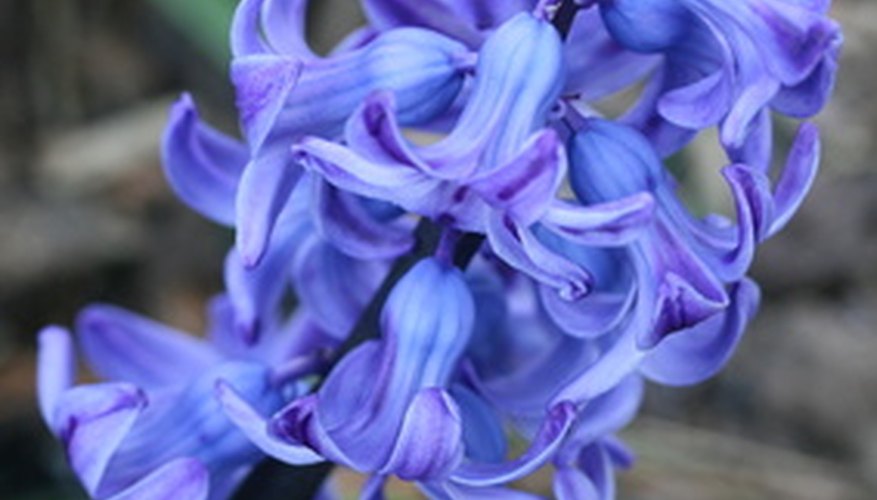The hyacinth is a bulb flower that blossoms in the spring. The bulb, sap and leaves of the hyacinth contain allergenic components. When these components are touched or ingested, they can cause an allergic reaction.
Hyacinth Itch
The hyacinth bulb, sap and leaves contains an oil that contains many toxic elements. When this oil comes in contact with the skin, it can cause a condition known as "hyacinth itch."
- The hyacinth is a bulb flower that blossoms in the spring.
- The hyacinth bulb, sap and leaves contains an oil that contains many toxic elements.
Symptoms
According to SpookSpring.com, hyacinth itch can cause a rash, violent itching, inflammation and blisters on the skin. The blisters put the body at risk for further infection.
Ingestion
Hyacinths are also poisonous to humans and cattle, as explained by Weather.com. When consumed, hyacinth bulbs will cause vomiting, diarrhoea and stomach cramps.
Treatment
An allergic reaction to a hyacinth bulb or flower should be treated immediately by washing the area thoroughly with warm water and mild soap. Severe allergic reactions should be referred to a physician for additional treatment.
Prevention
To prevent an allergic reaction, individuals should wear thick gloves while handling a hyacinth bulb or flower. After handling, the hands should be washed thoroughly and dried with paper towels that can be disposed of.
